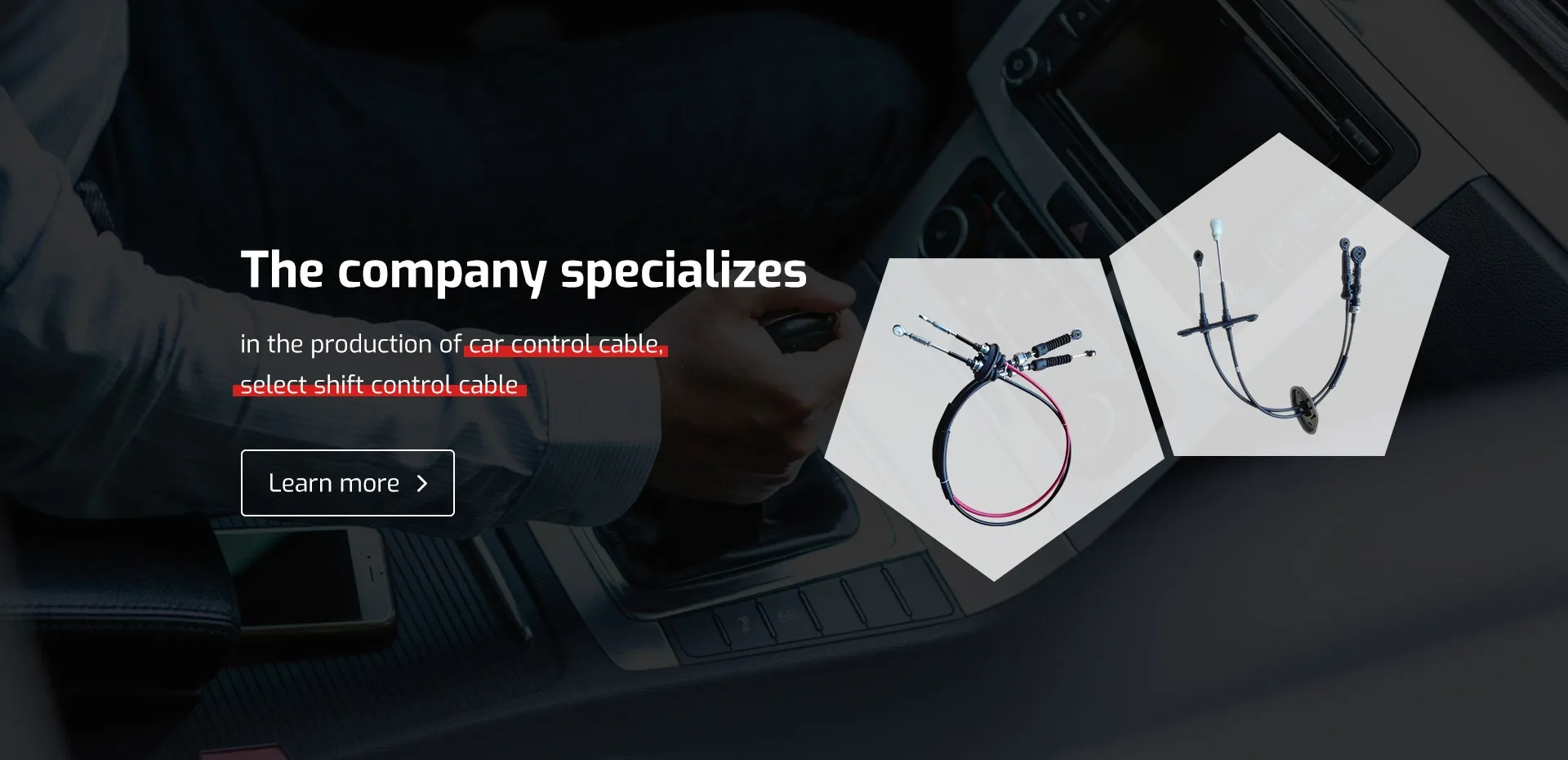carburetor cable
Understanding Carburetor Cables Functionality and Importance
The carburetor is a crucial component in many internal combustion engines, particularly those found in older vehicles, motorcycles, and small engines. It plays a vital role in mixing air and fuel for combustion. One essential part of the carburetor assembly is the carburetor cable. This cable, often overlooked by the average driver, performs a significant function that impacts engine performance and efficiency.
What is a Carburetor Cable?
A carburetor cable, often referred to as a throttle cable, is a flexible wire that connects the accelerator pedal to the throttle valve in the carburetor. When you press down on the accelerator pedal, the carburetor cable pulls the throttle open to allow more air and fuel into the engine, increasing power and speed. Conversely, when the pedal is released, the throttle closes, reducing the fuel and air intake, which slows the engine down.
These cables are typically made of a strong metal core encased in a protective sheath to prevent wear and tear. They must be durable and resistant to stretching or breaking, as they are subject to constant stress and exposure to various engine temperatures and environments.
The Importance of Carburetor Cables
The carburetor cable is crucial for several reasons
1. Performance Optimization A properly functioning carburetor cable allows for smooth and responsive acceleration. Poorly adjusted or damaged cables can lead to rough idling, stalling, or sluggish performance, which can affect overall driving experience.
2. Fuel Efficiency When the throttle responds correctly to the driver’s input, the engine operates more efficiently. If the cable is malfunctioning, it may allow too much or too little air and fuel, resulting in poor fuel economy.
carburetor cable

3. Driver Control The driver’s ability to control acceleration is vital for safety. A malfunctioning throttle cable can cause unintended acceleration or delayed response, leading to hazardous driving situations.
Signs of a Faulty Carburetor Cable
Drivers should be aware of several signs that might indicate a problem with the carburetor cable
- Sticking or Roughness If the throttle does not return smoothly to the idle position or feels sticky, it could suggest that the cable is worn or damaged. - Delayed Acceleration A cable that is fraying or breaking may not relay the throttle command effectively, resulting in a lag before the engine responds. - Inconsistent Engine Performance Any fluctuation in engine speed or power can indicate an issue with the carburetor cable.
Maintenance and Replacement
Maintaining the carburetor cable is essential for the longevity and performance of the vehicle. Regular inspections can help catch any signs of wear before they result in a breakdown. If a driver notices any of the signs mentioned, the cable should be examined thoroughly.
Replacement is often straightforward and can usually be done by a skilled DIYer with basic tools. It involves disconnecting the old cable and installing a new one, ensuring proper tension and alignment to avoid any performance issues.
Conclusion
In summary, while the carburetor cable may seem like a minor component, its role is essential in the efficient operation and performance of an internal combustion engine. Understanding its function and maintaining it properly can lead to better performance, improved fuel efficiency, and a safer driving experience. For anyone working on or driving older vehicles or motorcycles, a good grasp of how the carburetor cable operates is key to ensuring that their engine continues to run smoothly and efficiently.
-
Upgrade Your Vehicle with High-Quality Handbrake CablesNewsNov.01,2024
-
Optimize Your Bike's Performance with Quality CablesNewsNov.01,2024
-
Enhance Your Vehicle's Performance with Quality Clutch ComponentsNewsNov.01,2024
-
Elevate Your Vehicle's Performance with Quality Throttle CablesNewsNov.01,2024
-
Elevate Your Vehicle's Performance with Quality CablesNewsNov.01,2024
-
Affordable Solutions for Your Cable NeedsNewsNov.01,2024
